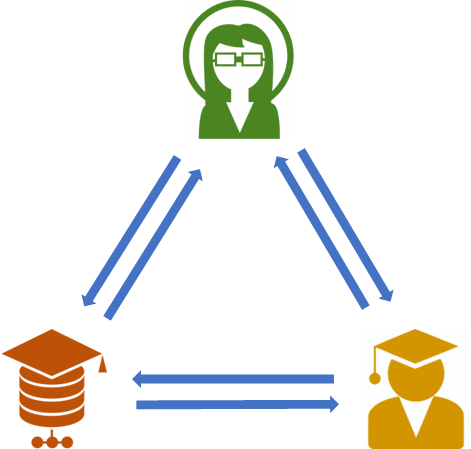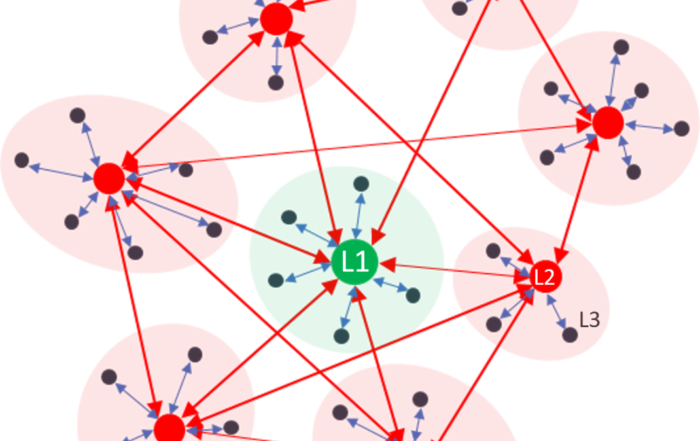Decide, Execute, and Monitor Faster and Smarter – part 2
Frederic Dufour / Mar 16 , 2023In this second part of this article, we examine how the global crisis of a diminishing pool of skilled candidates is threatening the heart of industries, exacerbating economic instability and intensifying the pressure on existing professionals. As businesses grapple with this challenge, innovative solutions leveraging technology, particularly expert systems, have emerged as promising avenues for knowledge transition and effective management.
The Skilled Candidate Crisis: Navigating the Talent Drought
The Increasing Pressure on Businesses
It is no secret that most industries and companies are struggling to fill their vacant positions with skilled candidates. Yet, this trend is not expected to reverse anytime soon.
This poses a serious threat to business. The shortage of skilled candidates drives up wages and fuels the inflation cycle. When qualified employees and managers retire or are on leave, it is becoming harder to replace them. The pressure on these skilled individuals grows, which is one of the causes of burnout. The shortage of qualified candidates can also lead to delays and errors that can jeopardize new product introductions and damage a company’s reputation or ability to pursue business opportunities. Investments in training continue to mount with no certainty of retention once trained.
While being a successful company that attracts and retains the best candidates is an essential part of an HR strategy to counter this trend, it’s not the complete solution. However, we believe that this alone isn’t enough to ensure a seamless transition of skills from one generation to the next or to capitalize on arising business opportunities (see Part 1).
In fact, our experience indicates that almost every department within a company urgently needs to adopt techniques to capture and structure the knowledge of their most experienced personnel, ensuring it can be effectively shared with and used by younger, less-experienced staff.
The Rise of Expert Systems
While this used to be done through courses and learning long and complex procedures, today it can be done through expert systems that are initially trained, and then supervised, by skilled employees. Moreover, by involving the learner in this process, we enter a three-dimensional teaching-learning process where the expert system is not only the receiver of expertise, but is trained to respond more and more appropriately to the reality and needs of the learners.

However, unlike a classical learning system, the expert system is a real management system that allows to plan the work, to distribute the tasks, and to monitor the efficiency of their realization.
In this perspective, the expert system adapts to the level of expertise and the needs of its interlocutors. From simple and directive communication of well-defined tasks to more elaborate scenarios designed with the manager, the system adapts its content and syntax to the person it is addressing and to the objective pursued.
A Mix of Various AI Technologies
The user interface of these expert systems is in line with our era where complexity is more and more “hidden” from the eyes of users and where communication with the system is more and more verbalized and personalized. Exchanging in a common language with a computer system is no longer science fiction. Expert systems can harness a mix of various AI technologies, establishing a new paradigm in business management.
By simplifying instructions into basic steps and sequencing them methodically, tasks can be more easily assigned to those with less skill and autonomy. It is also easier to monitor the quality of their work – and to improve it progressively, while quickly detecting errors and incidents.
In the absence of a skilled employee or manager, the expert system interacts with the user on the basis of pre-programmed routines. The more routines are programmed according to the variety of different work contexts, the more the system is able to distribute tasks automatically. This reduces the stress and workload of managers, allowing them to coordinate higher value-added activities while devoting more time to developing people and projects.
Conclusion
IT systems are moving from a transaction-based approach to a more intelligent approach. They enable the necessary acceleration of decision-making processes and faster, smarter distribution of information to all levels of the enterprise. They help create a new management paradigm in which limited resources are used in an increasingly intelligent way to ensure business continuity and long-term sustainability.
Rather than replacing humans, these systems bolster companies and stakeholders, emphasizing the value they bring to the Society at large.
Print
Download
More ARTICLES
You may also like
Decide, Execute, and Monitor Faster and Smarter – part 1
We discuss in this first part how, in our rapidly evolving business landscape, the intensifying frequency of crises can be managed by a synergy of distributed intelligent components.
Edwards Deming’s Theory of Variations – part 1
Well ahead of its time, Edwards Deming's theory of variation shows, among other things, that many decisions made by managers are based on a misinterpretation of reality.
Reenchanting the Enterprise – part 1
This article addresses one of the main challenges of modern management: how to make the company attractive to its stakeholders in the long term.







